Course Report 2018
Table of Contents
This is the course report for IOOPM 2018. Changelog:
- 2019-02-19 (Reactions to Student Feedback).
- 2019-02-26 (Some Data Mining Results)
- 2019-03-25 (Fixing a stupid copy-paste bug in §4.4.2 – thanks Martin E.!)
- 2019-04-02 (Moved the footer to the right place – thanks Linus S.!)
The entire change history is visible on GitHub.
1 Introduction
Every year, a non-trivial amount of time is spent on encouraging students to fill out the course evaluation. In particular, filling out the course evaluation is mentioned several times daily on Piazza in the last week or so of the course, and at the end of each project seminar, a few minutes are spent on encouraging students to fill it out, including a motivation why. I have been asked several times how the answer rate can be so high despite the large number of questions. I hope that some of the reason is that we have demonstrated – not just by word but by action – that we take feedback and input seriously at IOOPM.
In 2018, the course evaluation was answered by 63% (85/134) of the respondents. This is exactly the same number as 2017, making it a tie for the all-time high.
The number of active students in the course was approximately 100, not counting old students coming back to either improve on their grades (about 3-4) and previous students coming back to finish off some missing pieces (about 10-15). The number of student git repos that I constantly pulled during the course was 108. A total of 93 students embarked on the project (3 dropped out during the project).
We managed a total number of 141 students in the AUPortal out of which at least 20 were old students. Out of these 16 demonstrated no achievements at all. 4 demonstrated fewer than 7 achievements.
2 Examination Results
Some marking is still on-going, in particular some trailing project work. Some students have also missed filing the paperwork for their C7 to be ticked off.
Only listing students registered on the course for the first time this year, here are the numbers:
| Course Part | Passed Students | Comments |
| Assigments 1 | 70 | 5 ECTS |
| Assigments 2 | 75 | 5 ECTS |
| Project | 78 | 5 ECTS |
| Coding Exam I (C) | 75 | 2.5 ECTS |
| Coding Exam O (Java) | 79 | 2.5 ECTS |
Scanning the list of the 25 students who have not yet passed Assignments 1, I recognise 7 whom I have discussions with about how they are going to fix that within the next month or so. Most students who are not done with the project have successfully completed the project but are lacking a couple or demonstrations for a full set, such as C7.
I would say this is on par with the course, for this course.
3 Teacher’s Report
I was very scared about IOOPM in fall of 2018. Not only was a key person gone not just from the course but from the university, but the number of senior TAs had been reduced from 3 or 4 to just 1. I knew that replacing senior TAs with junior would be possible in most cases, but not all. Delegating responsibility was no longer an option, and the wiggle room for change mid-air greatly constrained.
I did my best to push for as much resources as possible, and also to recruit really good junior TAs from previous years. I had laid some groundwork for that already in 2017, but things proved an uphill struggle with a new TA recruitment system, and no clear picture of who my TAs were going to be until the week before the course started. In the end, I was not able to provide coaches for the students during the project phase of the course. This should not have to happen again.
I was therefore very greatful that students self-organised some seminars on various things on Fridays. (Thank you UPDATE!)
In order to streamline the course somewhat – to reduce the reliance on senior TAs helping students out during the course – I felt a need to rewrite the assignments. While doing so, I attempted to rectify a problem of students not wanting to read “theory” in a programming course. This led to me “hiding” the assignments (especially Assignment 1) in a discussion which would happen automatically on-demand with more and more senior staff in previous years (not with all students of course). There is a lot of room for improvement, given that I have not been able to spend much time on this, but so far the results are quite promising. I say this knowing full and well that I accidentally wore a lot of people down with Assignment 1. This is something I regret, but I think it is fixable, especially with all the nice and constructive feedback that the class of 2018 have provided during the fall.
In addition to the staff shortage, it turned out the only senior TA was having a baby the same week I needed to be elsewhere for a conference. In the end a colleague stepped up to give 3 lectures while I was away, but it ended up with him feeling bad about not preparing them properly and students complaining that he did not do a great job. In the end, I did not find time to give the overview of the SPLASH/OOPSLA research field that I had planned, but instead focus on recaping some key things.
In the end I was offered one more senior resource, but this was too late. I had no time to onboard that person, and the person also was not expert enough on the matters at hand. This led to much frustration and lack of coordination where constant requests from me for this person to reach out to students fell short. I did not have time to deal with this properly during the course since I was already short on time before this happened.
Red flag for the future: Me an the senior TA were discovering things that had not been handled properly at several times during the course. The root cause of this is the departing key person and the difficulty of hand-over of an organically developed process that has never been properly documented. This situation must be seen to or this will happen again in the future.
Under the circumstances, I think that the course ran very well. I am super pleased with the team of TAs, and there are lot of potential TA material in the class of 2018 that I will be reaching out to now that most grades have been reported in. To compensate for the staff shortage, I overworked myself quite heavily, and towards mid-November I was pretty worn out and started to drop too many balls, without having someone to delegate to. A reasonable mitigation strategy would be to lower one’s expectations and standards, but that is much more easily said than done.
Thus, I am extremely pleased that students remark that they have been treated as individuals, and that they have found the teaching team to be flexible and adaptive. This does not come cheap, and I would not want to run the course with strict rules for everything and no flexibilty to cater to the very different needs of the individual students.
This year, I have not yet investigated gender imbalance in grades, but will do so at the earliest convenience (read: any year now, but it will get done). On a related note, I was extremely happy to have four female TAs on the team in 2018, and I hope that this trend can continue in 2019.
Working with the students have been a pleasure. In the midst of all chaos, they have remained civil and constructive. The tone of voice in Piazza has been mostly impeccable and there have been a good discussion climate during lectures, at least from where I have been standing. I have witnessed some personal tragedies, lots of frustration, some let downs and some great personal successes.
In the remainder of this report, I go through the result of the course evalution and focus on select feedback. There have been many great and constructive suggestions. I am happy that almost all of the viewpoints put forward I already knew, either on my own, or from continuous feedback solicitation.
3.1 Some Data Mining Results
Pulling the repositories of the active students, I did a rough guesstimate as to how much code students write on the course (not counting the project). This only includes code checked into the master branch, does not include deleted lines, but may include duplicates due to copy and paste.
| (KLOC) | Average | Median | Max |
|---|---|---|---|
| C | 5,5 | 5,6 | 27,3 |
| Java | 3,8 | 3,6 | 20,7 |
| Both | 8,5 | 8,5 | 31,9 |
This suggests that a student writes on average 170 LOC (Lines Of Code) per full-time working day (remember the course runs at 66% speed).
3.2 Reactions to Student Feedback
3.2.1 Students falling behind early
Several students remark on the size of Assignment 1, the feeling of being overwhelmed early on in the course, and falling behind early and struggling to make up for that for the rest of the course. It seems clear that there is a group of students who struggle too much with the course, seemingly because they do not understand how to use the support system.
Ideas moving forward:
- Move some of Assignment 1 over to the bootstrap, replacing old bootstrap exercises which were more aligned with the previous Assignment 1.
- Spend some cycles on improving the text of Assignment 1 which was written in haste, and there was no time to fix it up during the course.
- Share information about how to set up an environment, etc. before the course starts so that students can prepare.
- Have mandatory demonstrations during the bootstrap labs to get people going with demonstrations earlier.
- Reward asking for help through an achievement. (Asking for help in a clear and efficient way is a skill!)
- Totally rewrite the list and iterator parts of Assignment 1, possibly giving some of the list code for free.
- Offer programming support or other help outside of lab hours, possibly assign office hours to head teacher
3.2.2 Students need help with taking breaks
Several students point out the need for taking breaks. This is something that the achievement system supports, and I do make continuous references to taking a week off during the course given that the planning holds. Maybe because many are behind and many more are stressed, this is not taken entirely seriously.
Ideas moving forward
- Have an AFK achievement which is essentially a reward for a break.
- Be stricter with deadlines so that deadlines missed cannot get onto the backlog until the next course.
3.2.3 The problem with partners
During the course (and also in the evaluation), students remarked on the problem of finding other partners to demonstrate with. The last 2 years, we have witnessed this problem becoming increasingly exacerbated. Clearly, this becomes a problem for too many late in the course. Some students also suffer bad matches with partners, like uneven pairs where one does all the work or one where the partner constantly promises to deliever but never follows through.
Ideas moving forward
- Skip programming pairs, but requires pairs for demonstrations. Build support for pairing people up in the AU portal.
- Relax the constraint of pair demonstration towards the end of the course, but this will not work out unless the staff situation improves.
- Skip the pair idea altogether (creates other problems!)
- On a somewhat related note, some students have a hard time making synthesis and connecting achievements. Maybe the portal could connect students that want to demonstrate achievements which go well together, addressing both synthesis and pairing at the same time.
3.2.4 Low Lecture Attendance
Fewer students than even attended lectures (c.f. Figure 4).
Ideas moving forward
- Provide video lectures
- Change format to more inactive lectures (note, our experiment with using “lektioner” 3 years back showed that students don’t attend.)
4 Student Feedback
4.1 Strong Points
34 students gave specific answers to this question. Their feedback is thankfully quite similar to previous years. I illustrate my bullets with selected quotes.
4.1.1 Students learned a lot
Man har lärt sig mycket mer jämfört med andra kurser
Har lärt mig väldigt mycket om programmering.
Har lärt mig otroligt mycket!
Verkligen lärt mig programeringstänket
Inlupparna man vart verkligen tvingad att förstå
4.1.2 Students Appreciate Working with Achievments
Systemet med mål har varit ett bra upplägg där man lätt kan se vad man behöver göra för att klara kursen
Jag tycker att det har varit bra att man blir examinerad kontinuerligt genom kursens gång
Bra med mål för att kolla att vi lär oss
Mycket lärorik att redovisa mål.
Jag gillade upplägget med mål på kursen. Det gjorde att man själva kunde välja vad man ville lära sig för dagen.
4.1.3 Accessible Teachers
Stor eloger till fantastiskt tålmodiga, engagerade och ständigt uppmuntrande lärare och assistenter!
Tobias commitment and engagment to help everyone in the course
alla som varit med och lärt oss. Labbassarna var varit super!
Bra labassar och alltid tillgänglig lärare!
Tobias och assarna har varit riktigt bra
The lectures get a few mentions but not very many. I’ll return to this in the Lecture section below. Students also explicitly mention flexibility of the teaching team.
4.2 Weak Points
36 students gave specific answers to this question.
4.2.1 Assignment 1 was an Absolute Killer
Given that I revamped Assignment 1, tried an entirely new methodology, and wrote everything up mostly at night time during my vacation, I was not surprised that Assignment 1 still needs work. It became apparent during the first sprint of the course that many students were struggling, across all programming backgrounds.
Inlupparna var lite väl stora så hade svårt att komma ikapp
Inlupp 1 skulle kunna kortas ner, den var väldigt stor och tog lång tid (mer än vad jag tycker är rimligt).
Kanske inte ändra på inlämningar så nära inpå att dom ska göras.
Making the first assignment easier, since the difficulty on the first one made almost everybody fall behind in the course
Första inlämningsuppgiften kunde ha varit lite mindre.
Inlupp1 kändes väldigt (och onödigt) överdimensionerad
For Assignment 1, I envision a number of changes:
- Rewrite parts of it to make it easier to read
- Completely rewrite the text on linked lists and interators instead of reusing old texts
- Foreshadow some of the coming bits to help with structure and time planning. Possibly move some bit over to Assignment 2.
- Possibly reduce the requirements, but I have a strong suspicion that the main source of pain is the structure of the text, not the complexity of the programming. Some students have implored me not to lower the requirements of this assignment. I will do my best not to.
4.2.2 Waiting Times for Demonstrations
Remarkably, this year we managed to lower the waiting time in demonstrations. Some students remark that the very large Assignment 1 made many students aim for lower grades (meaning fewer demonstrations) but the proportions of students aiming for 3 or higher grades were about the same as last year.
Man har inte råd att slösa 4 timmar per vecka på att stå i väntekön för att få redovisa!!! Det är seriöst den enda grejen som jag tycker är helt oacceptabel i kursen
Precis som alla andra kurser med labbar - kortare kötider
Det tog alldeles för lång tid att få redovisa mål
lägga mer vikt vid att få folk att ta mål i början så att det inte blir så långa köer i mitten och slutet av kursen
[D]e långa redovisnings tiderna.
Until I have an idea of what the TA resources will be for fall of 2019, I wont bother with this issue for fear of wasting time.
Some students remarked on the workload being very high. Some remarked on the workload being reasonable.
Some called for more air in the schedule to allow for some breaks. This will not happen, but I will integrate into the suggestions for next year for students to build breaks into their plans. If I try to schedule them it will just make a mess.
For the first time (IIRC), differences between TAs find its way to things that warrant improvement more than once.
Students also remark negatively on me chasing updates to the course material during the course. This is of course something to avoid always. (Not that one always succeeds, though.)
4.3 Statistics from the Course Evaluation
4.3.1 Course Satisfaction
Course satisfaction is up \(0.1\) point average over 2017. Last year, there were more 4’s than 5’s.
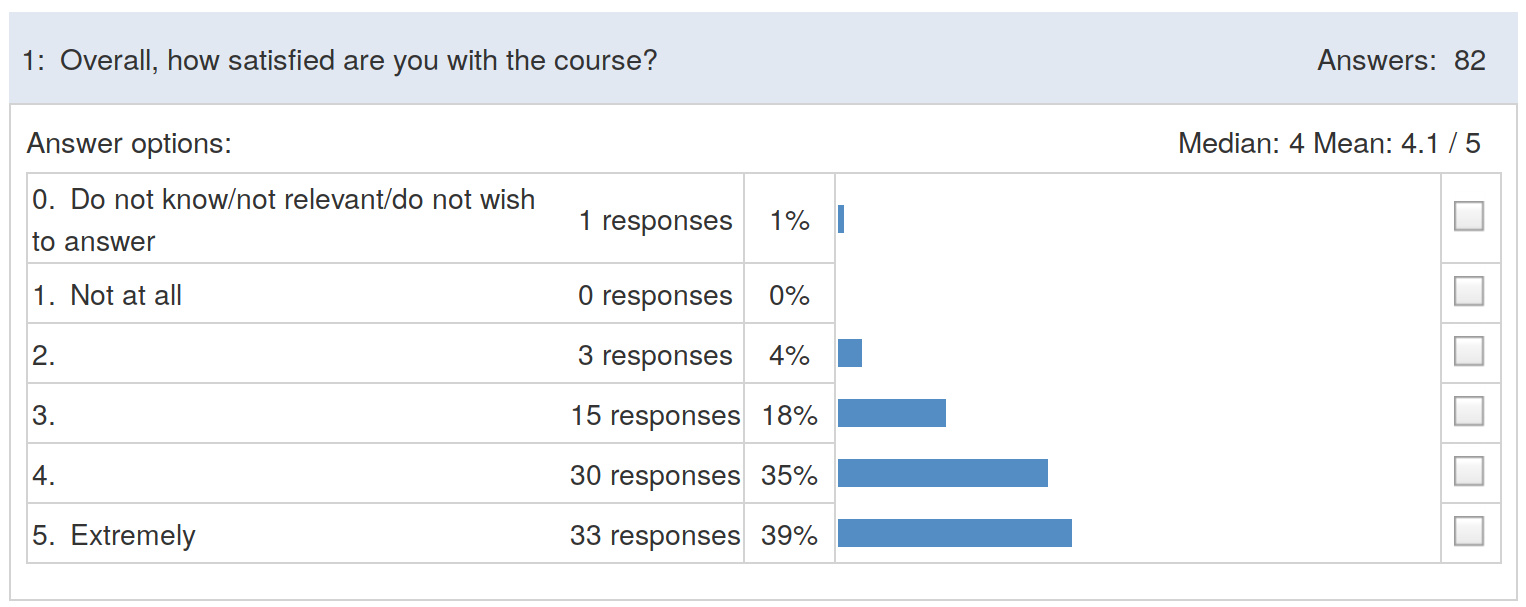
Figure 1: Question 1 from Course Evaluation
4.3.2 Student Effort
Student effort is up \(0.1\) point average over 2017.
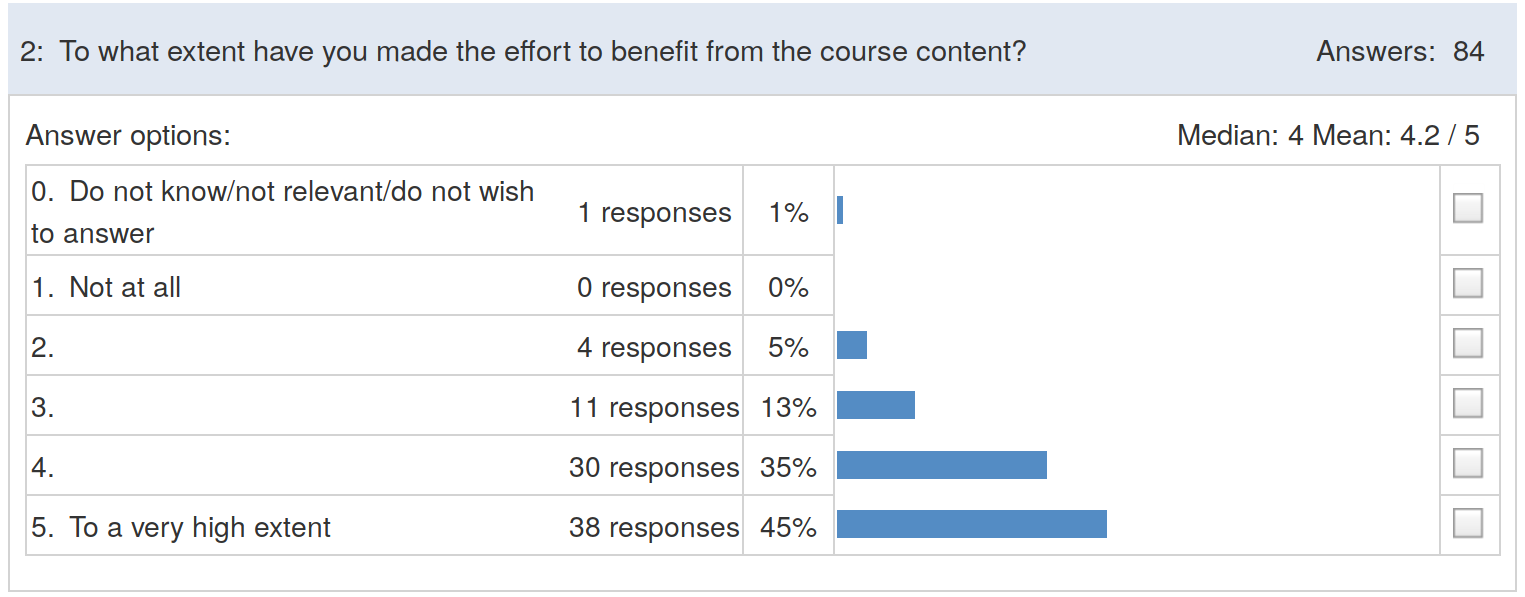
Figure 2: Question 2 from Course Evaluation
4.3.3 Lecture Satisfaction
Students are generally satisfied with the lectures. The average is up by \(0.3\). The comments on the lectures are roughly the same as usual. It is hard to plan a fixed lecture content when so many students work at such different paces.
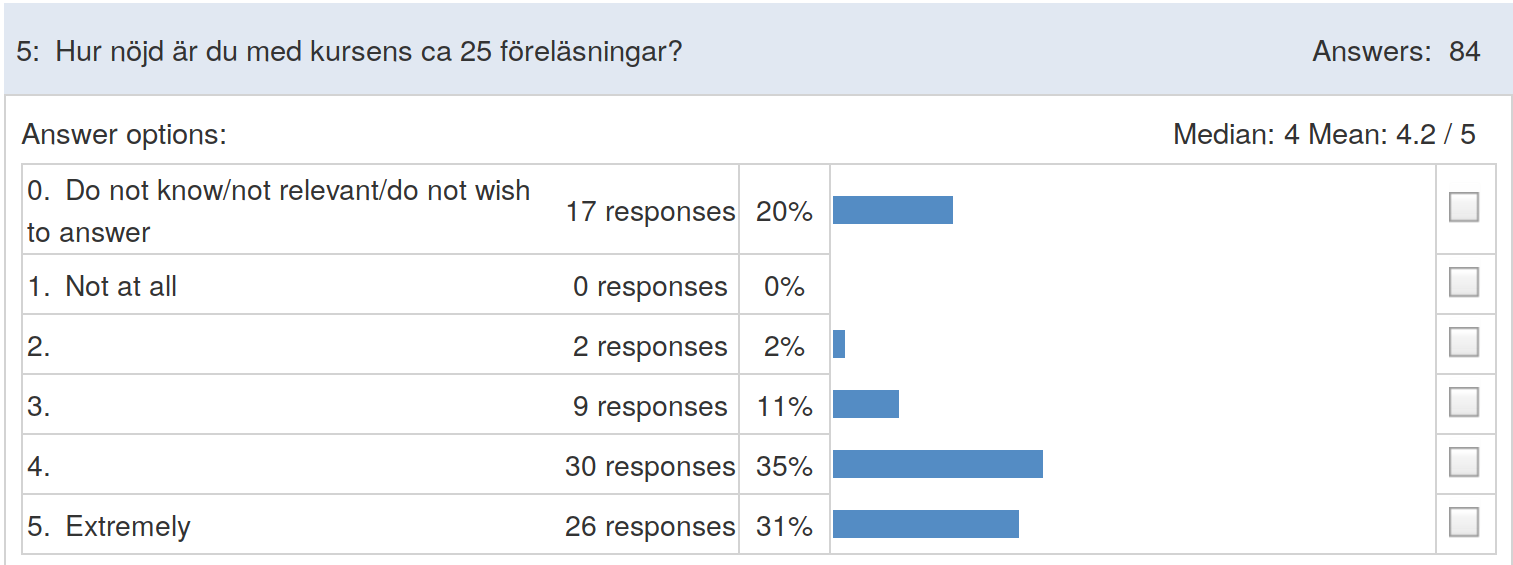
Figure 3: Question 3 from Course Evaluation
4.3.4 Lecture Attendance
Lecture attendance is about the same as in 2017. Personally I feel that there were fewer students than even attending the lectures, but I did not make consistent counds. I also had several students remark that they had never seen such high lecture attendance so far into a course. It seems that lectures are dying slowly finally.
In general, most students seem quite happy about the lectures, but that may be more related to delivery than to content or payoff.
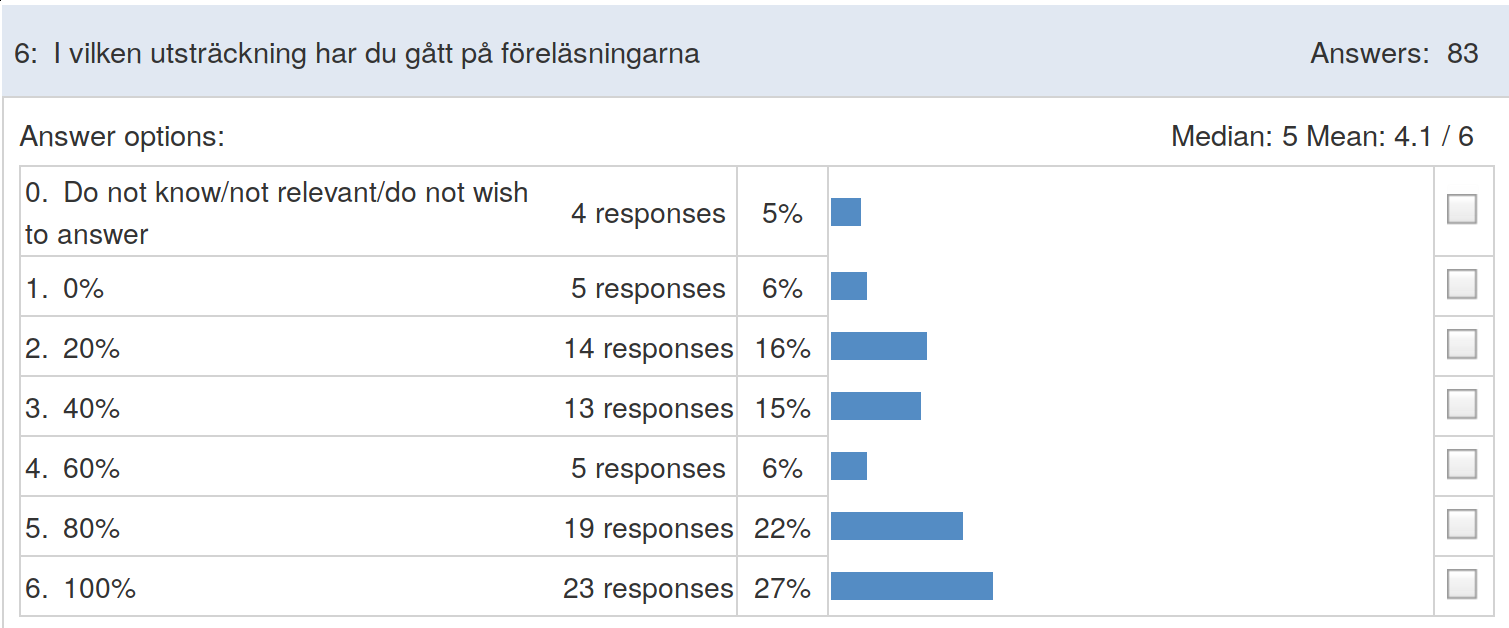
Figure 4: Question 4 from Course Evaluation
15% of all students think the number of lectures should be lower in favour of video content in 2019. 8% of all students think all lectures should be replaced by video content.
13% think video material is not needed on this course.
And lastly, 52% thinks video lecture are a good supplement to traditional lectures.
In the comments about the lectures, some students called for more coding during lectures. I toned this down because of how previous studenst have expressed concerns about the value of code-oriented lecturing.
4.4 Assignments
4.4.1 Imperative Programming in C
I was particularly interested in seeing the feedback on the assignments, given that almost all assignments were either completely rewritten or completely overhauled.
The difficulty level of the C assignments are at the right level.
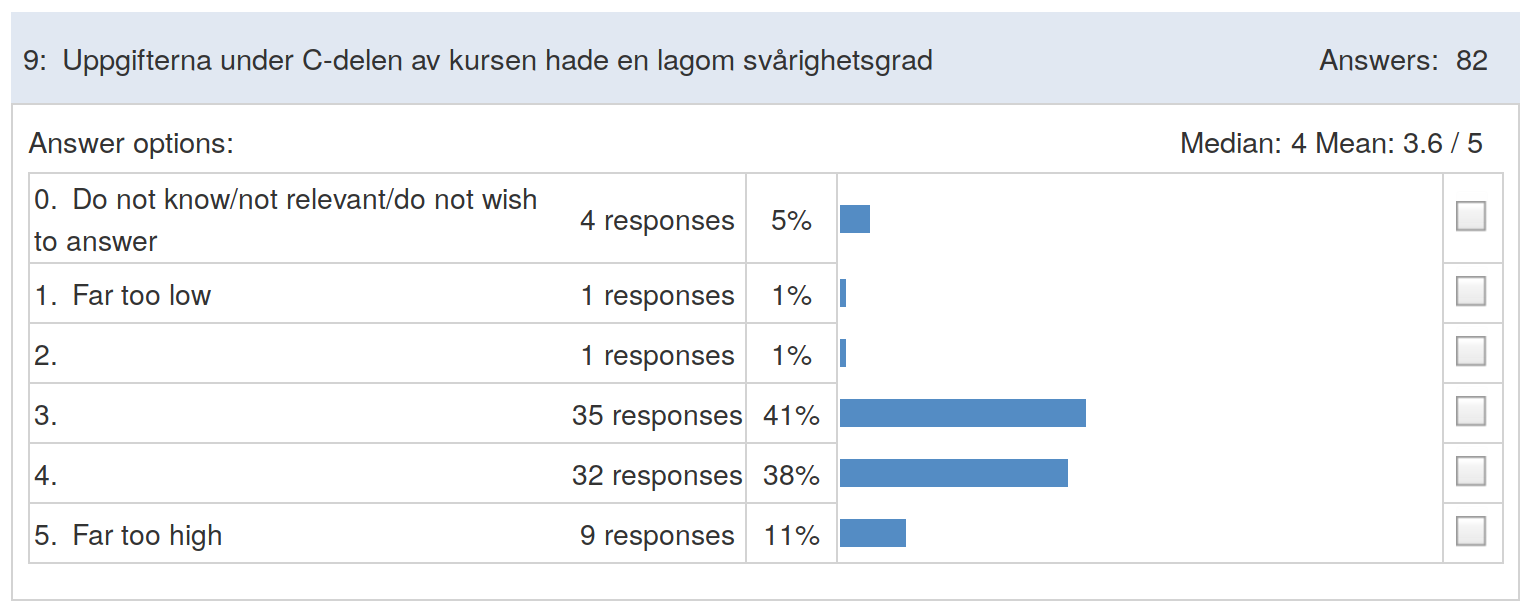
Figure 5: Question 9 from Course Evaluation
Students seem to agree that assignment 1 was too large (60% think it was somewhat or overly large).
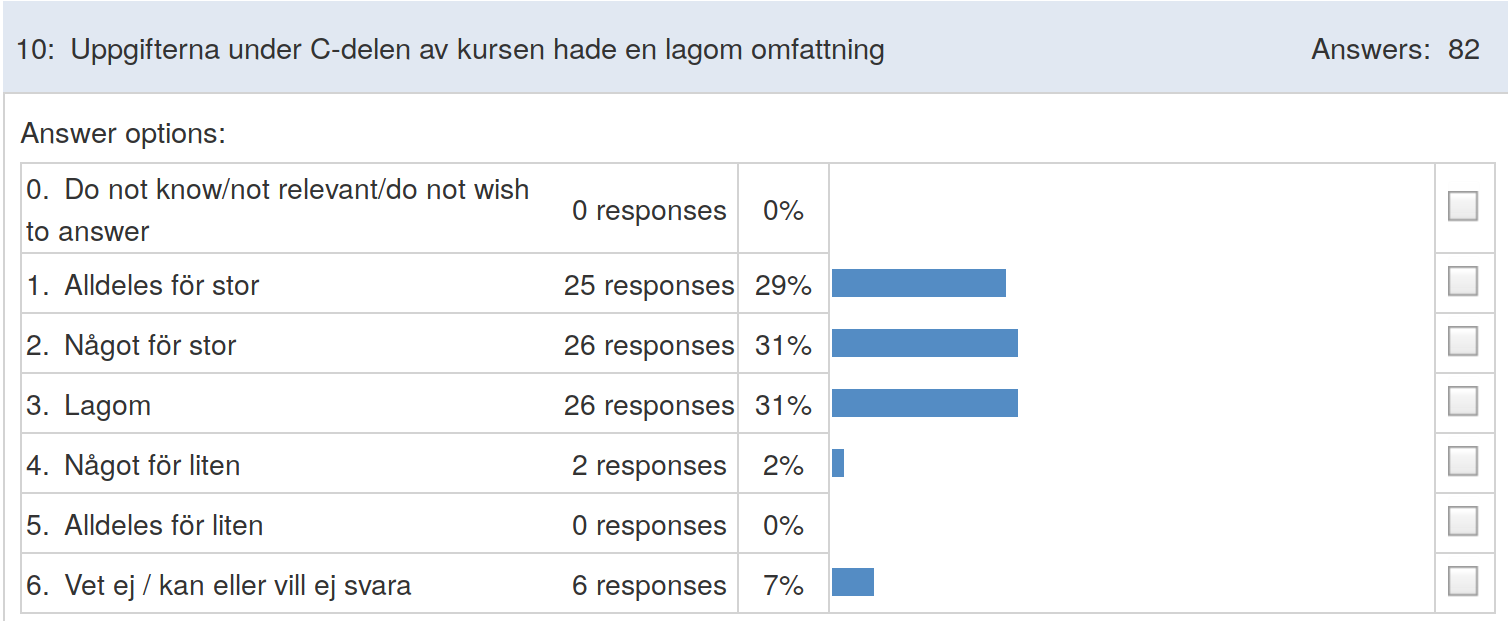
Figure 6: Question 10 from Course Evaluation
I was happy to see that even though it was frustrating to extract the assignement text from a large body of text, it seems to have been. I believe that the high value on value is because of the mix of theory and practice.
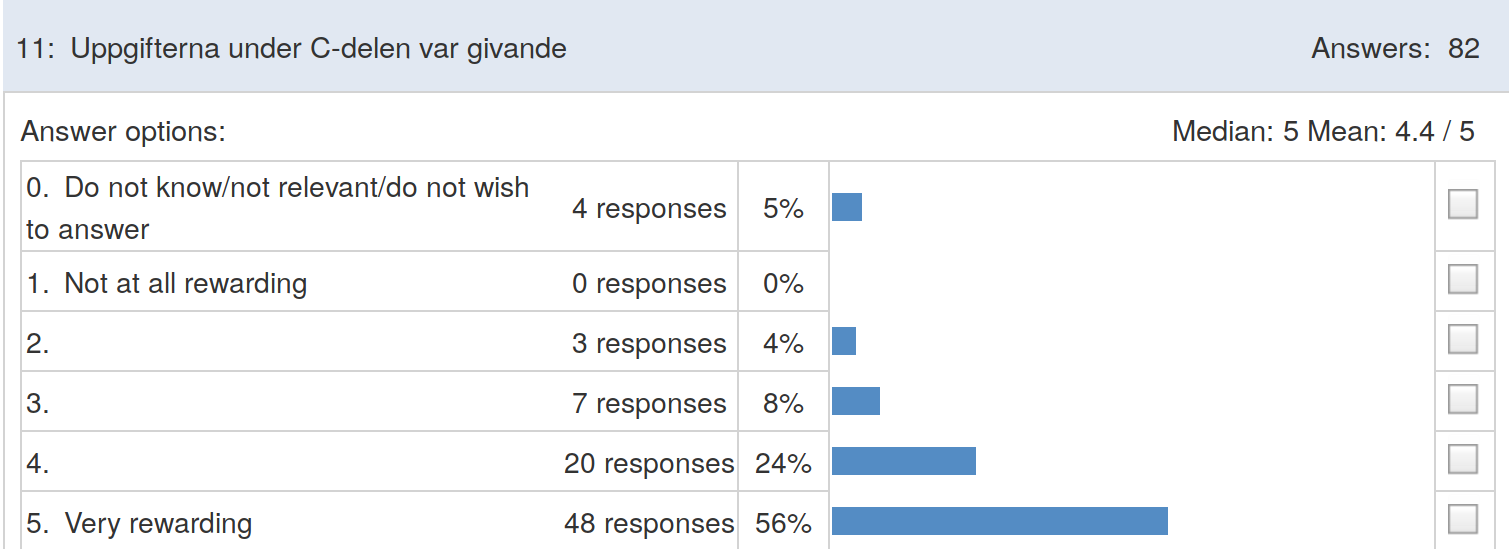
Figure 7: Question 11 from Course Evaluation
4.4.2 Imperative OOP in Java
The difficulty level of the Java assignments seem to be well-placed.
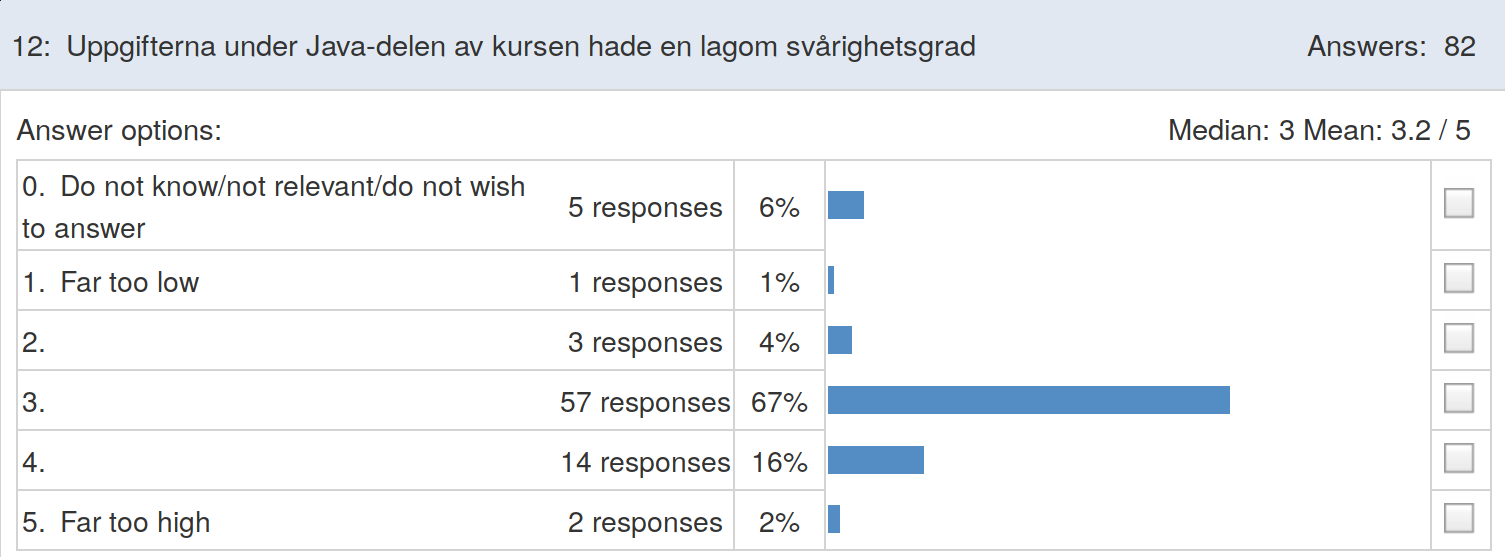
Figure 8: Question 12 from Course Evaluation
The extent of the Java assignments seem to also be well-placed.
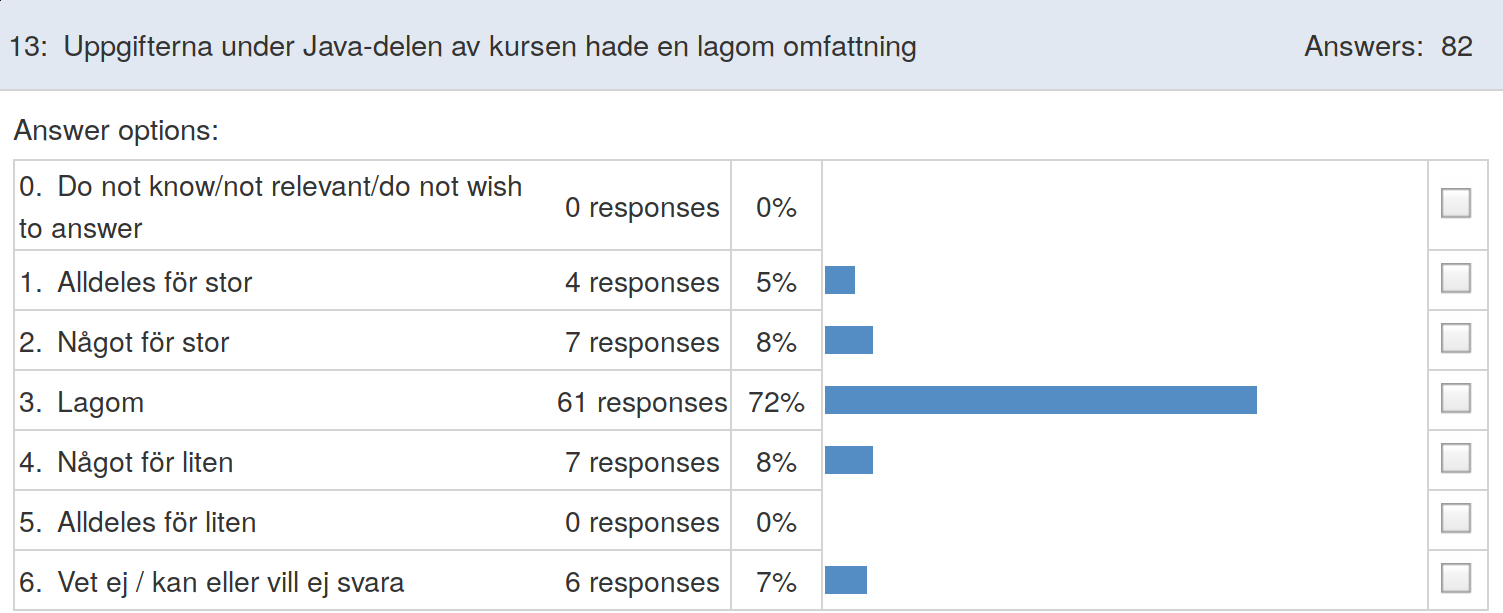
Figure 9: Question 13 from Course Evaluation
I was happy to see that even though it was frustrating to extract the assignement text from a large body of text, it seems to have been. I believe that the high value on value is because of the mix of theory and practice.
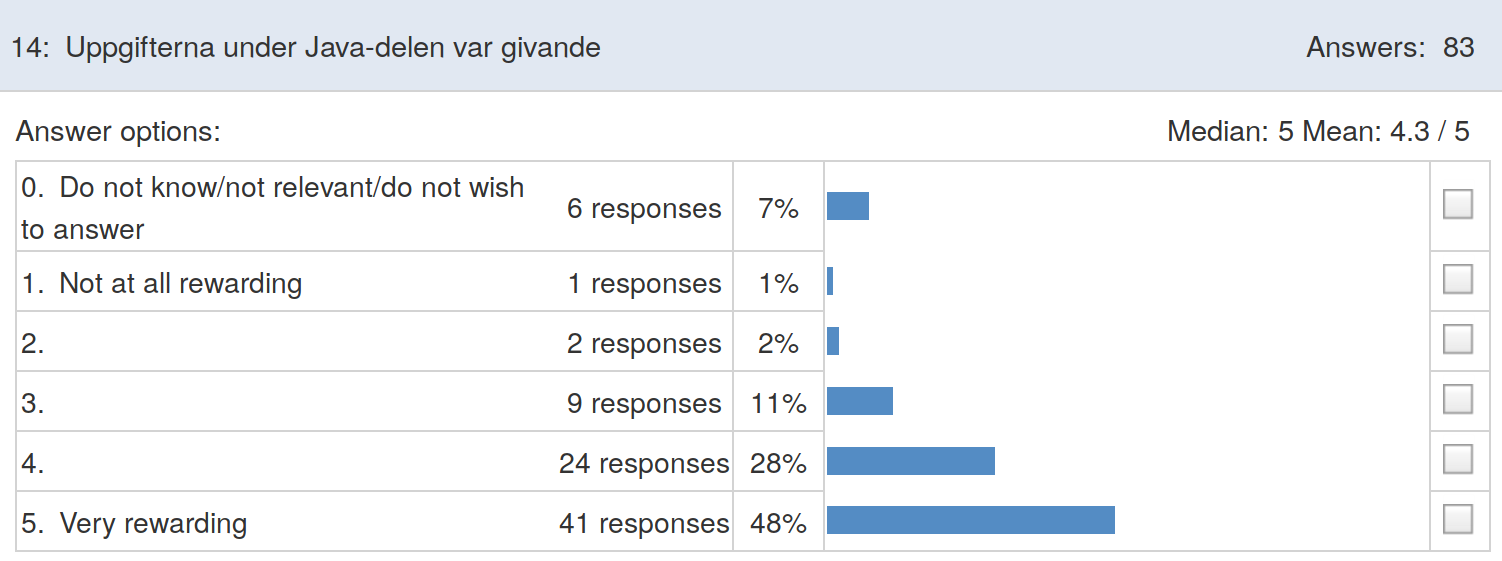
Figure 10: Question 14 from Course Evaluation
I also asked the students to discuss their feelings for the current design in which each assignment comes in two parts, a fairly strictly scoped assignment, and then a freer assignment that builds on the previous. Students disagree wildly on this point. Some argue that it is both good and bad. About 30% of the students think that the assignments should be a lot freer. About 35% wants wants just a little more freedom. 18% are satisfied as-is.
4.5 Project Work
There were an unusual amount of positive remarks about the project. >80% of all students believe the scope of the project is about right. 80% believe they have learned a lot about software development in teams.
As I already remarked above, there were no coaches for the projects this year. This was a catastrophe, and made the correction a lot harder because one single person (myself) had to understand all the projects very quickly for the seminars.
Several students state that the project was sort of leisurely, which I fully condone given how hard they have worked up to this point. There are many students that have a significant backlog still, so this design is good from many perspectives.
We formed the group in the same way as last year, using a form with question about how one wanted to work, from where, etc. Several students commented very positively about this in the evaluation. One student felt “tricked” because it was possible to only tick 1 box in the “when would you prefer working” box, which led him/her to believe the project could be pulled off in a very short time frame (it could not).
4.6 Code Exam
Students seem to agree with me that the course is a good preparation for the coding exam.
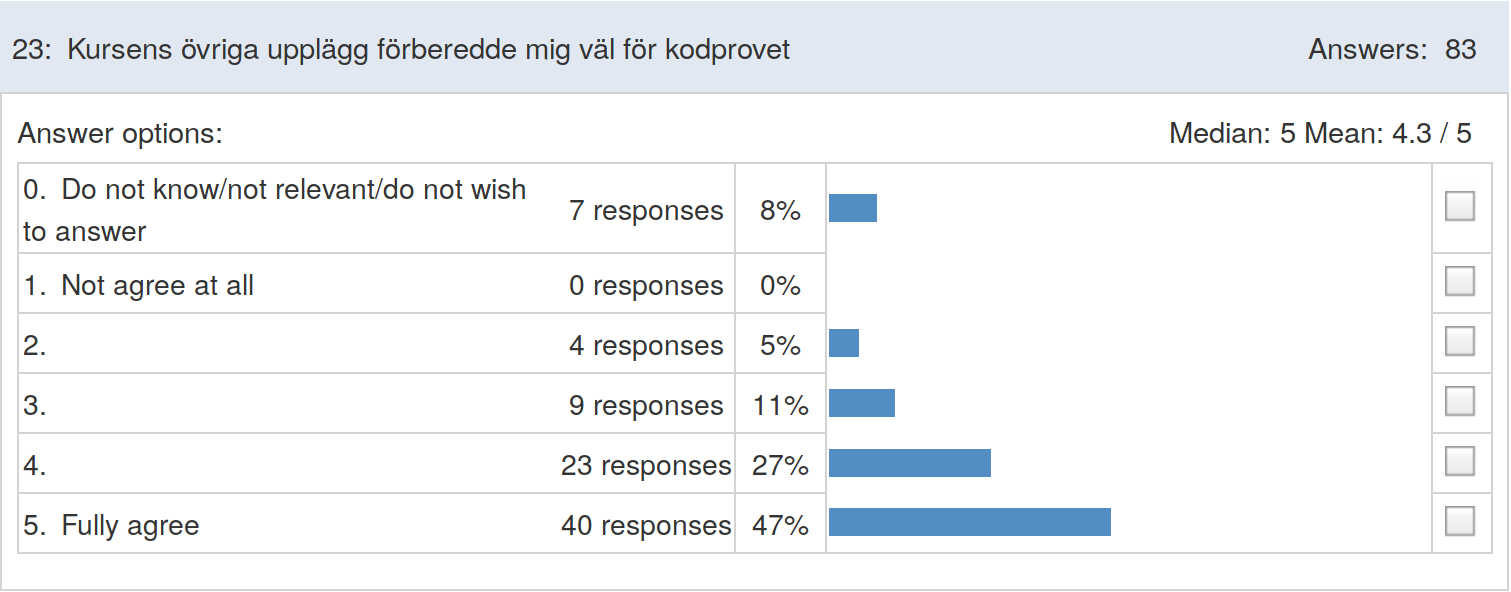
Figure 11: Question 23 from Course Evaluation
75% of all students think that the difficulty and extent is good.
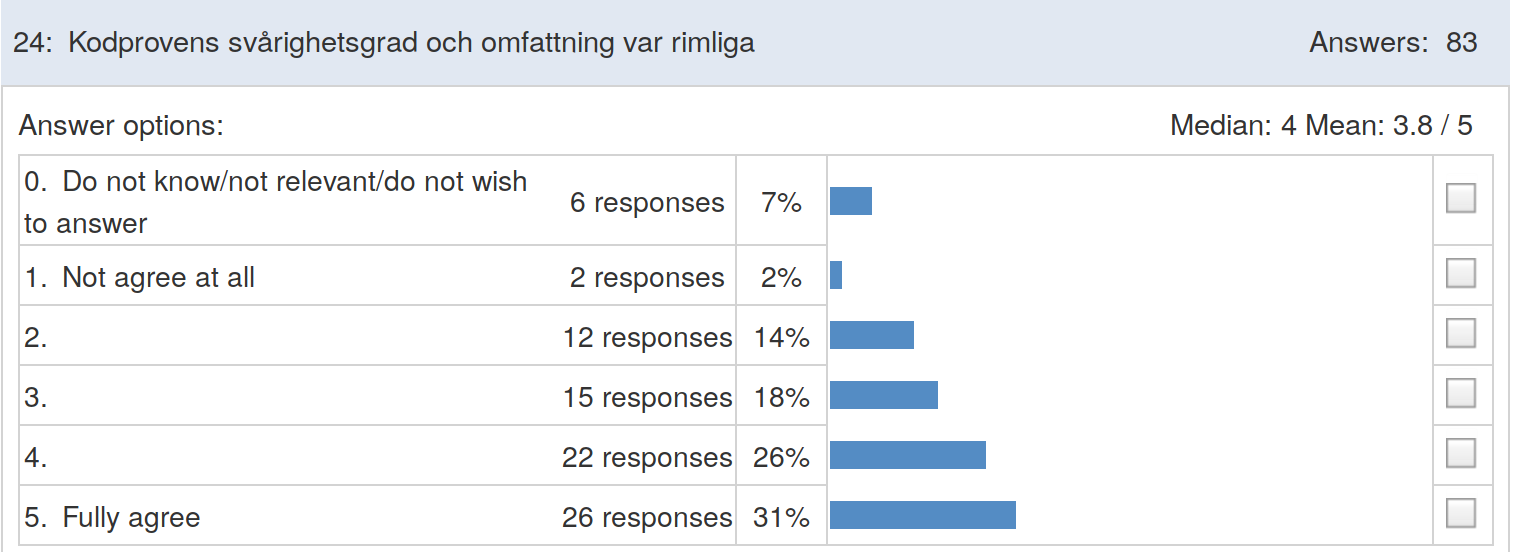
Figure 12: Question 24 from Course Evaluation
Still, quite a few number of students remark that some exams were easy and some were hard. I believe there are several factors at work here:
- If an exam task was based on assignment code from this year, it felt (was) easier (for the current students) because they were familiar with the code. Code exams which targeted students from previous years had tasks which were less familiar.
- There is no objective measurement for what constitutes a hard or easy examination. Just because a student thinks that one particular assignment was easy, it might just mean that if fell under the familiarity argument of above, etc.
For next year, I recomment extending the time for writing the code exam with 1 hour to a total of 4 hours per slot to reduce stress. At some point, I shall dig through old coding exam data and correlate finishing speed with grade.
Students strongly prefer writing code on computers rather than with pen and paper. Students also seem to believe that having more shots at passing the exam at the expense of more feedbck is the right choice. One student remarks that the feedback on the coding exam is ready quite good.
4.7 Achievements
82% of all students think that the flexibility of the achievement system has helpt to some extent (40%) or great extent (42%) to devour the contents of the course.

Figure 13: Question 28 from Course Evaluation
65% of all students think that giving them the responsibility to manage their own study work is positive.
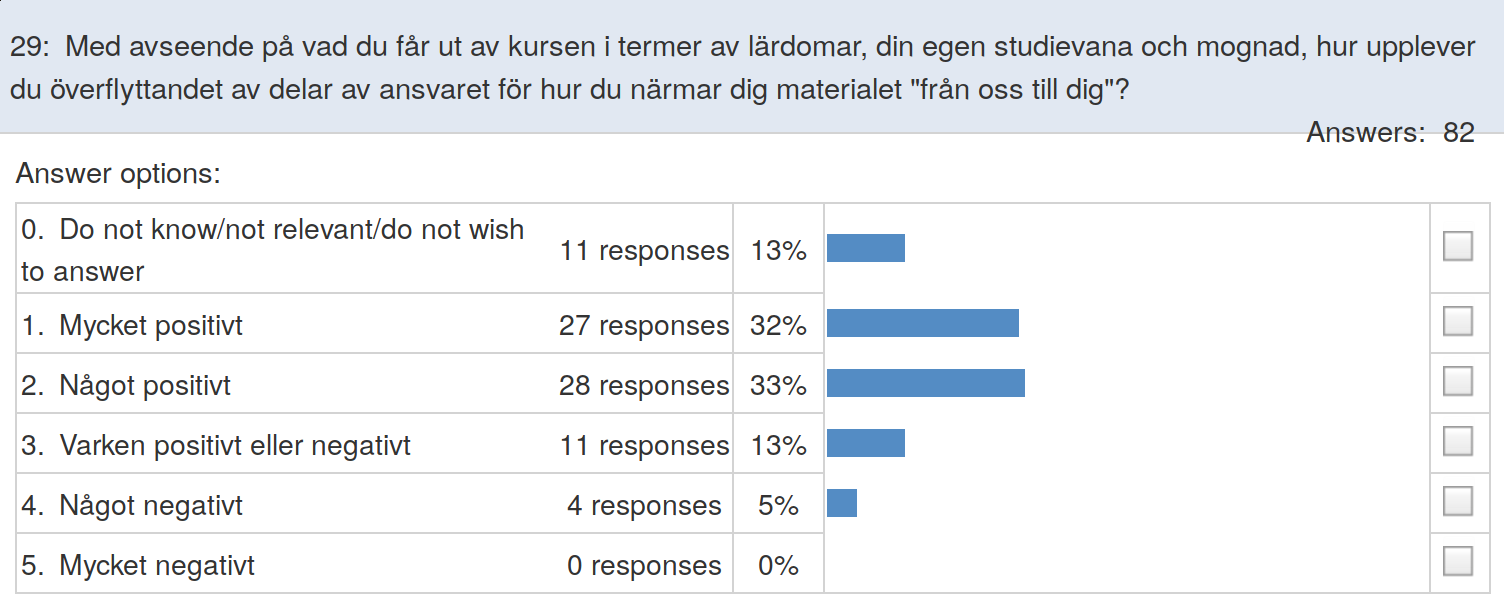
Figure 14: Question 29 from Course Evaluation
Finally 92% of all students think that is it relatively clear (20%) or very clear (72%) what their grade will be. This is an all-time high for the course.
89% of the students think that they have sharpened their abilities to explain, motivate and transfer knowledge as a consequence of the oral examination.
The answer to this question is interesting, and points (IMO) to the importance of personal preference.

Figure 15: Question 32 from Course Evaluation
72% of all students prefer immediate oral feedback to delayed written feedback.
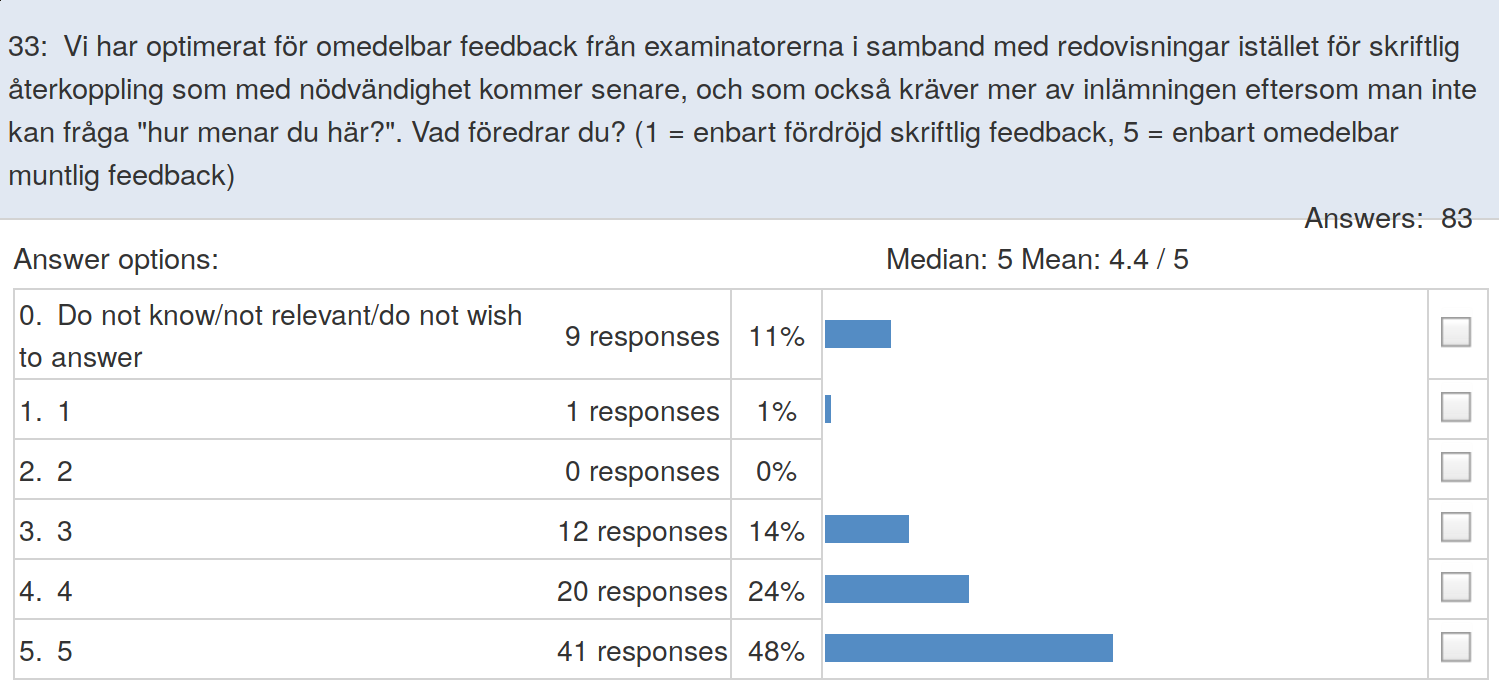
Figure 16: Question 33 from Course Evaluation
74% of all students have to some extent explored synergy between achievements in an effort to find goals that go well together. Several students remark in the comment section that this worked well in the beginning but less well later due to problems with finding a partner to demonstrate with.
73% of all students think that the course design have helped them stay clear of back-loaded study patterns.

Figure 17: Question 35 from Course Evaluation
A new question for this year was whether students agreed with the description of the course as front-loaded, and if so whether they think this should change. The result is that most students agree with this description, and don’t think this should change. Those that think it should change either point to the overly large Assignment 1 problem, or disagree with the statement in favour of “the course is heavy loaded all the time”.
This year there are an exceptional number of comments on TAs adressing demonstrations differently. Students seem to not mind e.g. the MO of the “hardest TA”, but dislike that it is a bit of a lottery whether you get an easy or hard pass. This is probably an artefact of the person running the TAs for the last 5 years having moved on to postdoc life at KTH following his successful defense. This is we be a priority ticket for next year. As usual, students seem to not consider TA inconsistencies a very big problem.
4.8 Other
Students think PKD did a good job at preparing them for working with Piazza, but a poor job at getting them acquianted with git. I accidentally learned that PKD dropped Piazza entirely in 2018/2019. To be continued.
Students were asked to give advice to future students. These will be forwarded to next year’s batch of students in an unfiltered manner.
4.9 Sanity Check
Students overwhelmingly agree that we are doing a good job.
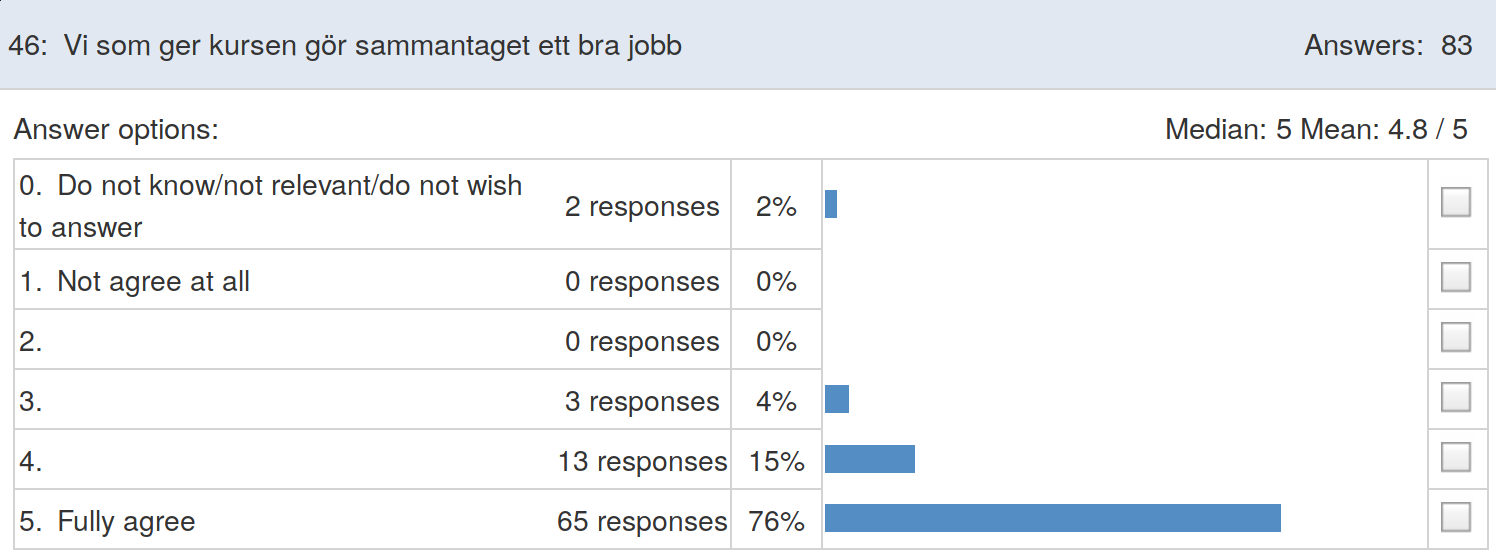
Figure 18: Question 46 from Course Evaluation
The following are all the comments to this question.
Som sagt ni har ett ryckte för att ha en av dom bästa kurserna på programmet (IT)! Tack för den här tiden!
Helt fantastiskt engagemang från speciellt Tobias men också från Ardalan som gett mycket stöd utanför labtid.
Bästa kursen jag läst.
Tobias är grym!
Ni gör ett fantastiskt jobb!
Det finns ett oerhört bra engagemang från Tobias, tror dock han skulle behöva fler lika engagerade som hjälpte till i kursen.
Stor bravur till Tobias och samtliga labbassar!
Aldrig haft en bättre lärare än Tobias!
Allt överlag är mycket bra, men inte perfekt. Däremot ser jag stort engagemang i en strävan efter att göra det perfekt. 5/5
Students overwhelmingly agree that the course is instructive.
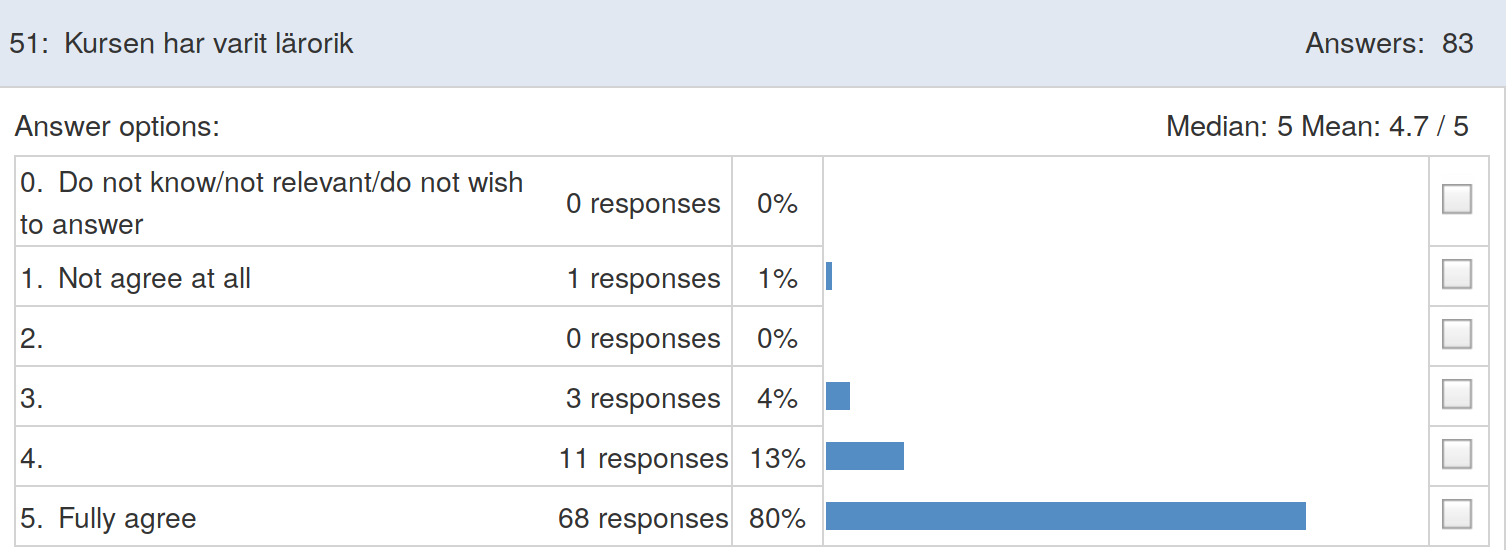
Figure 19: Question 51 from Course Evaluation
86% of all students think that the way the course is examined is testing actual “mastery” of the concepts.
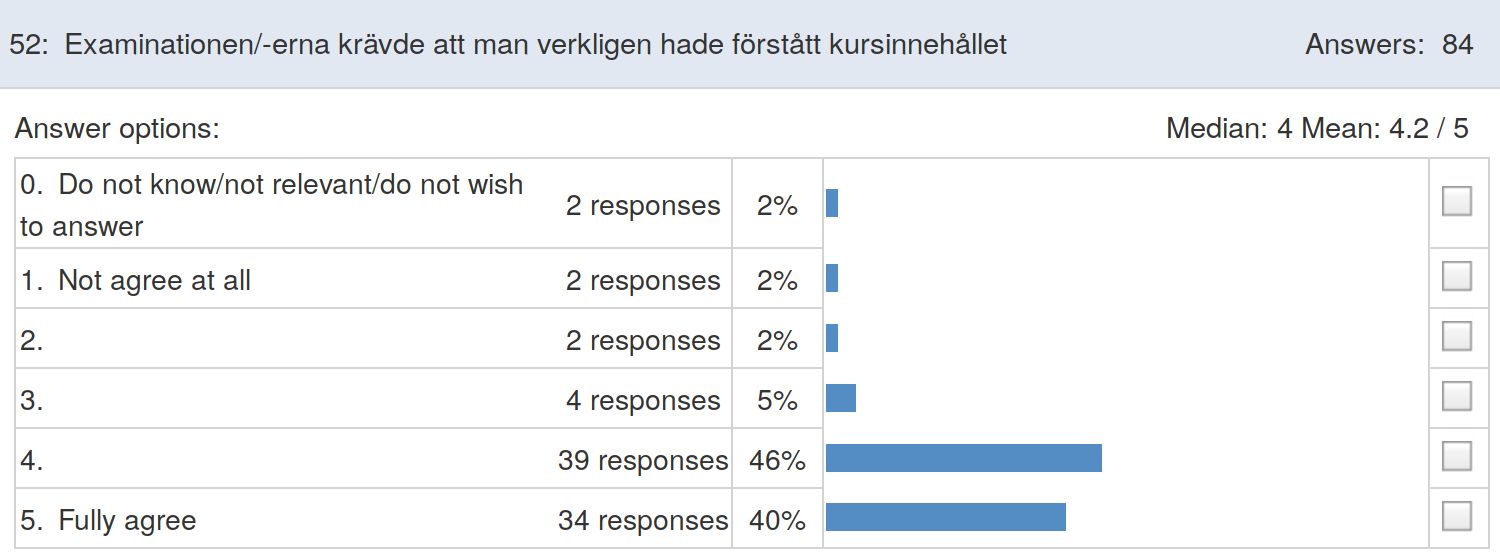
Figure 20: Question 52 from Course Evaluation
5 Final Words
If you have read this document, whoever you are, could you
please send an email to me cr@wrigstad.com and tell me about
it! Not only would I like your feedback, but—it is totally
unclear to me who actually reads these reports, and thus, it is
hard to know, both how to structure them but also how much time to
spend on them. (I ended the report like this in 2017, and got 7
replies.)
Questions about stuff on these pages? Use our Piazza forum.
Want to report a bug? Please place an issue here. Pull requests are graciously accepted (hint, hint).
Nerd fact: These pages are generated using org-mode in Emacs, a modified ReadTheOrg template, and a bunch of scripts.
Ended up here randomly? These are the pages for a one-semester course at 67% speed on imperative and object-oriented programming at the department of Information Technology at Uppsala University, ran by Tobias Wrigstad.